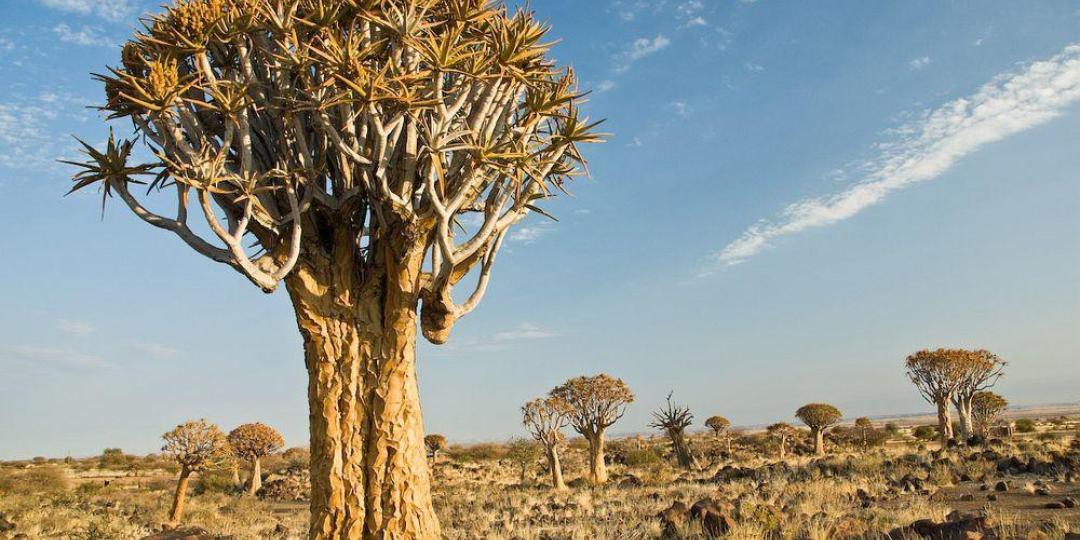The impact of COVID-19 on South Africa’s tourism industry has highlighted a legacy issue in the industry – ensuring a broader geographic spread of tourism. In the third of a series of articles, Tourism Update further explores how the Northern Cape, Mpumalanga and the Free State are marketed.
The idea of marketing routes such as the Panorama Route, Route 62 and Art Route 67 has been around in the South African tourism industry for many years, but SATSA Chairperson of the Free State, Dr Johan Hattingh, believes the current tourism routes are not enough.
“By focusing on specific routes, such as a battlefields route or an artisanal drinks route, which focus on a particular interest in particular areas, tourists can be lured to the Free State. We need to simplify routes,” he told Tourism Update.
Former CEO of the N12 Treasure Route, Alan Roxton Wiggill argued that a lack of knowledge is what led to the poor performance of this route. “The lack of any understanding of travel, local, regional or national tourism in the tourism bodies, from top to bottom, made it near impossible to make anything happen on a route that should have been one of SA's gems of travel.”
Distances posed another challenge to the Northern Cape’s tourism industry, said CEO of the Northern Cape Tourism Authority, Sharron Lewis. “To overcome this, the Northern Cape has developed eight routes as a doable way for tourists to experience the province and its unique tourism offerings,” said Lewis. “Consumer insights show that consumers are increasingly looking for exploration, discovery and enrichment in affordable and authentic travel experiences.”
A lack of knowledge of the tourism industry and its offerings can pose a challenge to marketing a province well to both international and domestic travellers. “I would argue that Mpumalanga is not one of the ‘forgotten provinces’ but I understand that there are indeed many ‘hidden gems’ in the province that are under-visited by the international market,” said Kruger Lowveld Tourism Executive Director, Lisa Sheard.
“A lack of the new product development and product innovation that international tourists seek, and a lack of knowledge of product, experiences and attractions of the lesser-known areas are a challenge.”
Hattingh agreed that there was inadequate marketing knowledge in his province. “I’ve noted a lack of suitably trained personnel in tourism information offices, along with a lack of marketing material.”
He suggested some ways of improving marketing the ‘forgotten provinces’. “An updated database of tourism product owners in the (province) to work with local government, prioritising the training of tourism route officials and prioritising tourism information centres as hubs for information dissemination are a few solutions.”
























